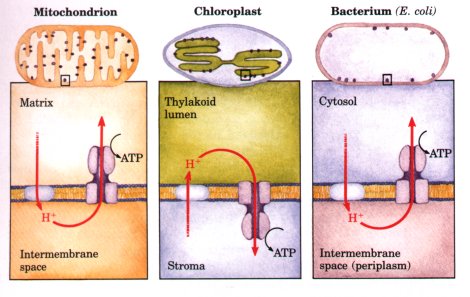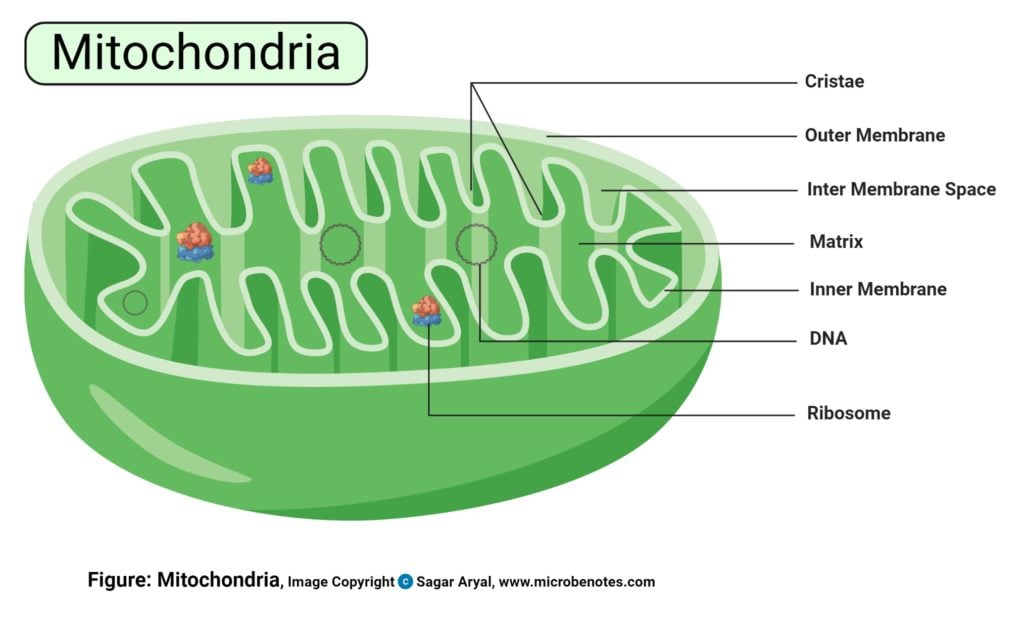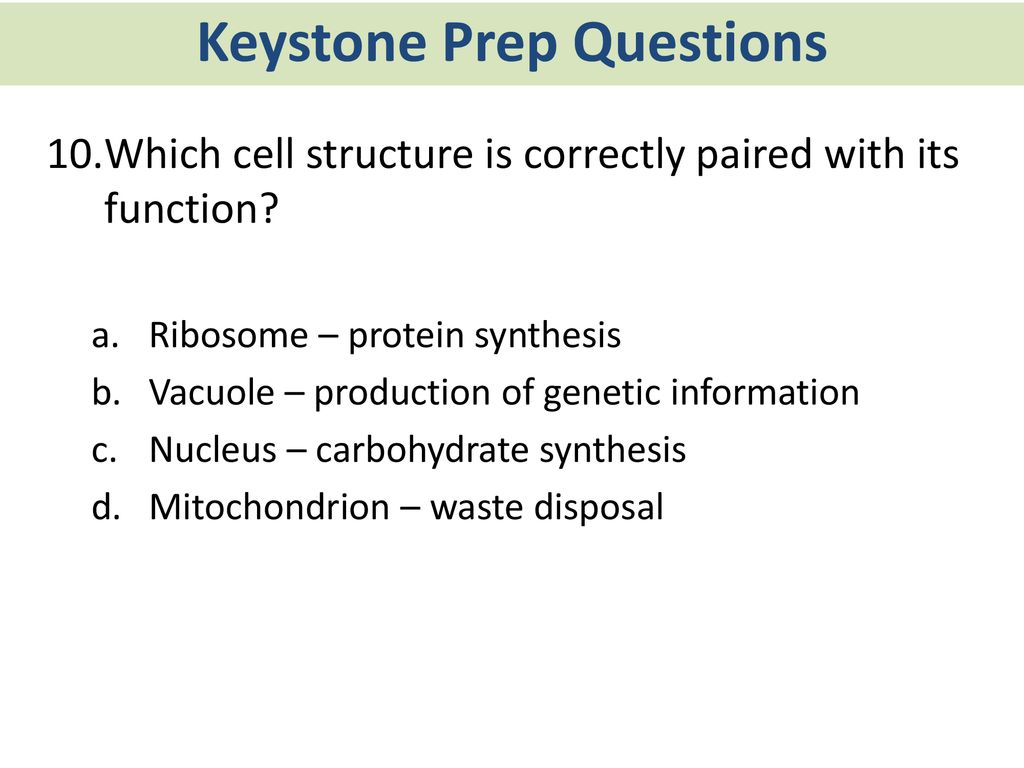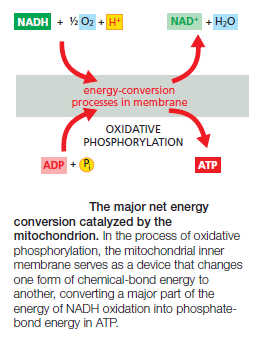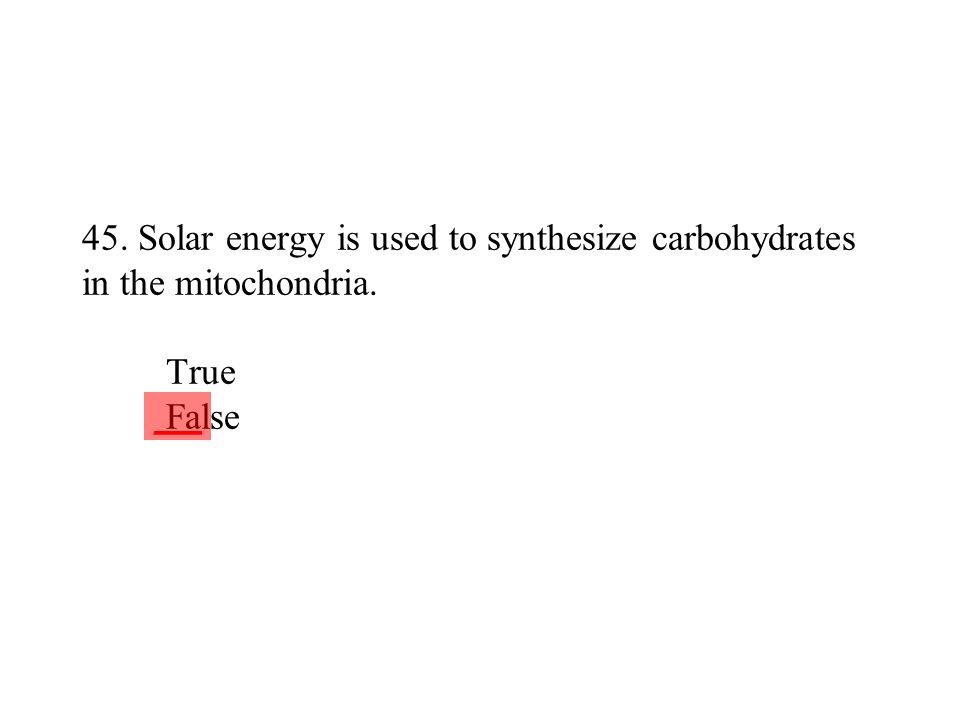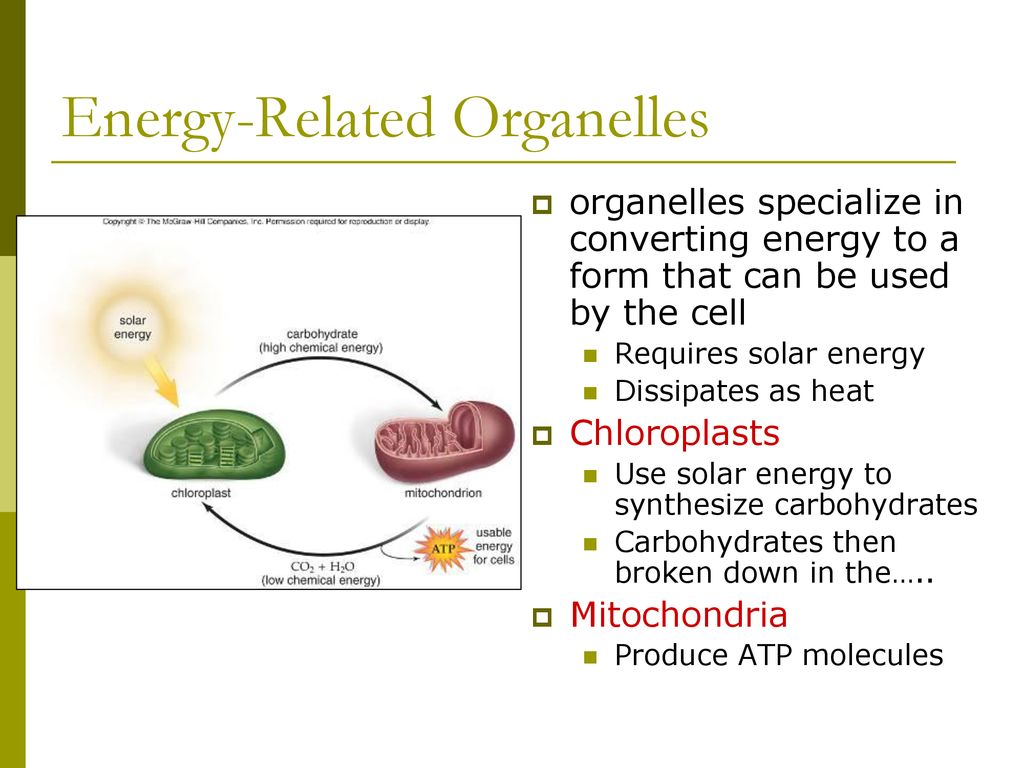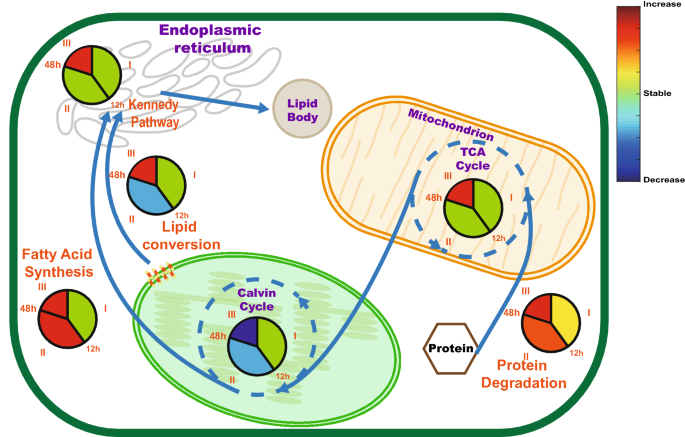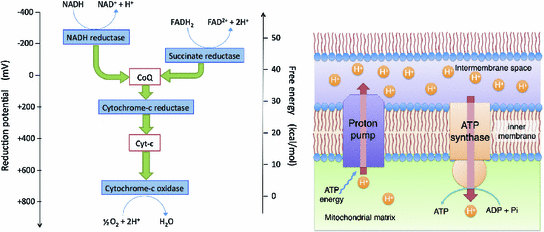Solar Energy Is Used To Synthesize Carbohydrates In The Mitochondria

Water atp carbohydrates.
Solar energy is used to synthesize carbohydrates in the mitochondria. Chlorophyll the pigment that captures the sun s energy is found in the. This process is called oxidative phosphorylation. Chloroplasts use solar energy to make carbohydrates by using photosynthesis. Solar energy is used to synthesize carbohydrates in the mitochondria.
The energy in carbohydrates is transformed into atp in the. Mitochondria convert chemical energy from the food we eat into an energy form that the cell can use. When the energy from the sun hits a chloroplast and the chlorophyll molecules light energy is converted into the chemical energy. Two types of membranous organelles that specialize in energy conversion are the chloroplasts and mitochondria.
Eukaryotic membranous organelles that use solar energy to synthesize carbohydrates. Plants use water carbon dioxide and sunlight to make sugar and oxygen. False 1 0 46. Both are bound by a double membrane.
The energy in carbohydrates is transformed into atp in the correct answer. Atp supplies the energy the cell needs to do work. Chloroplast contain pigments that capture solar energy which is used to synthesize carbohydrates. Solar energy is used to synthesize carbohydrates in the mitochondria.
Mitochondria use carbohydrates to produce. During photosynthesis radiant energy or solar energy or light energy is transferred into chemical energy in the form of sugar glucose. Thylakoids cristae matrix 1 1 47. Mitochondria break down carbohydrates to produce atp.
Use solar energy to synthesize carbohydrates which serve as organic nutrient molecules for plants and all living things on earth. Chloroplasts use solar energy to make carbohydrates through the process of photosynthesis. Mitochondria break down carbohydrates to produce adenosine triphosphate atp. Studded with ribosomes on its surface involved in protein synthesis.
Mitochondria golgi apparatus centriole. Chloroplasts use solar energy to synthesize during a process called photosynthesis. Chloroplasts are larger and are found in plants and algae. The nuclear envelope endoplasmic reticulum vesicles.
Chlorophyll the pigment that captures the sun s energy is found in the. Two types of membranous organelles that specialize in energy conversion are the chloroplasts and mitochondria. Mitochondria break down nutrients to produce adenosine triphosphate atp. Mitochondria are smaller and are in all eukaryotic cells.
Eukaryotic membranous organelles that break down carbohydrates to produce atp molecules. The krebs cycle produces a chemical called nadh.





